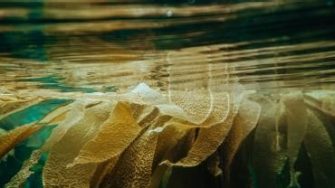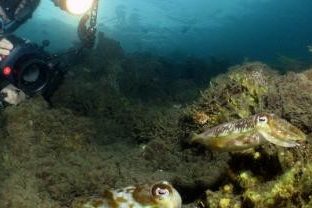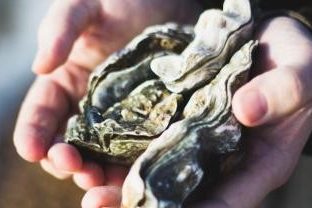
Funded by the Australian Research Council Linkage Program, the NSW Government, the John T Reid Foundation and private philanthropists.
Crayweed (Phyllospora comosa) is a golden seaweed that forms extensive underwater forests and promotes biodiversity by providing habitat, food and shelter for hundreds of species, including crayfish and abalone. Crayweed became extinct from Sydney’s coastline in the 1980s and its disappearance has been linked to past water pollution. Although water quality was greatly improved since then, this species has not returned. We have developed a successful method of restoring crayweed onto ‘deforested’ reefs. We attach reproductive adult individuals to temporary underwater mats. The crayweed adults then reproduce and their ‘cray-bies’ attach to the reef and form the basis of a new, self-sustaining population.
This research project integrates experimental ecology, population genetics, ecoengineering and restoration ecology to establish protocols for the restoration of this key habitat-forming seaweed and the ecosystem it supports.





